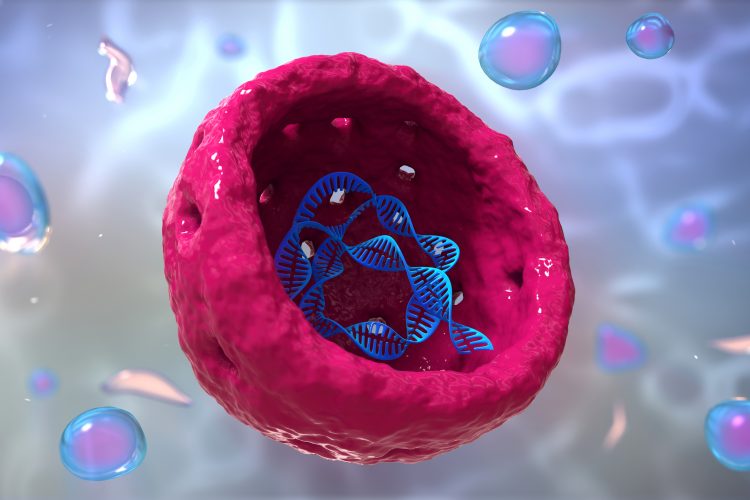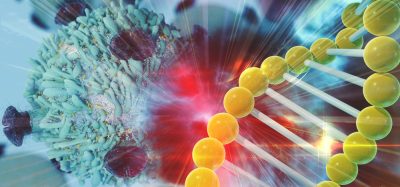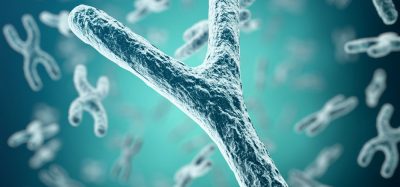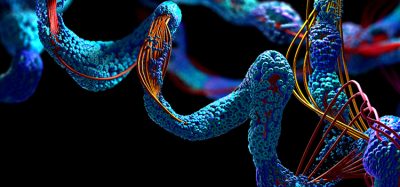Scientists develop means to manipulate nuclear pore numbers
Posted: 19 September 2018 | Drug Target Review | No comments yet
Researchers in California have developed a method to facilitate control of nuclear pore numbers in cells. The capability is expected to glean valuable information to aid cancer treatment.

If you consider the cell nucleus as a bank for DNA, nuclear pores are the security doors around its perimeter. However, more security doors aren’t necessarily desirable, evidenced by the fact that some cancer cells contain a dramatic excess of nuclear pores.
Scientists at the Salk Institute report that they have devised a way to manipulate numbers of individual nuclear pores – a breakthrough that they hope may one day stop cancerous cells from proliferating out of control.
Commenting on the value of this new capability, lead author Martin Hetzer, Salk’s vice president and chief science office, said: “Previously, we didn’t have the tools to artificially increase nuclear pores.
Our study provides an experimental avenue to ask critical questions: What are the consequences of boosting the number of nuclear pores in a healthy cell to mimic those found in a cancer cell? Does this affect gene activity? Why do cancer cells increase the number of nuclear pores?”
Nuclear pores are essential features of all cells that provide a controlled way to move cellular material in and out of a nucleus. In organisms ranging from fungi to mammals, individual cells possess these transport channels that mediate a thousand events per second. Individual nuclear pores are fashioned from multiple copies of 30 proteins known as nucleoporins. Hetzer and colleagues looked at the nucleoporin Tpr, which has been implicated in certain cancers.
The team showed, for the first time, that each of the transport channels within a cell is unique, and each cell nucleus possesses a specific number of nuclear pores. Next, the team used molecular methods to remove Tpr to witness its effect on the number of nuclear pores, with a surprising result.
“Typically, when you ‘knock down’ or remove some of the proteins that make up the nuclear pore complex, the total number of nuclear pores goes down,” says Asako McCloskey, first author of the paper and a Salk research associate.
“Our surprising finding was that when we get rid of the nucleoporin Tpr, nuclear pore numbers went up dramatically.”
“This is the first time that modifying a component within the transport channel has been shown to increase the number of nuclear pores,” adds Hetzer. This indicates that Tpr plays a role not in transport itself, but in regulating the assembly of nuclear pores. The knowledge could be crucial for future attempts to manipulate numbers of nuclear pores to treat disease. For example, cells with higher metabolic activity – such as stimulated thyroid follicular cells or aggressive tumors – have more nuclear pores per nucleus.
Other research has shown that preventing cancer-related ‘cargo’ proteins from being transported through the nuclear pores can lead to dramatic effects in cancer treatment. Targeting nuclear pores could also negate aggressive cancers’ resistance to multiple drugs, as higher numbers of nuclear pores in tumour cells allow them to export chemotherapy out of the nuclei.
Next, the lab will use the new technique to pinpoint the effects of tweaking nuclear pore numbers in a variety of cell types.
This research was reported in the journal Genes & Development.
Related topics
DNA, Molecular Biology
Related conditions
Cancer
Related organisations
Salk Institute
Related people
Asako McCloskey, Martin Hetzer






